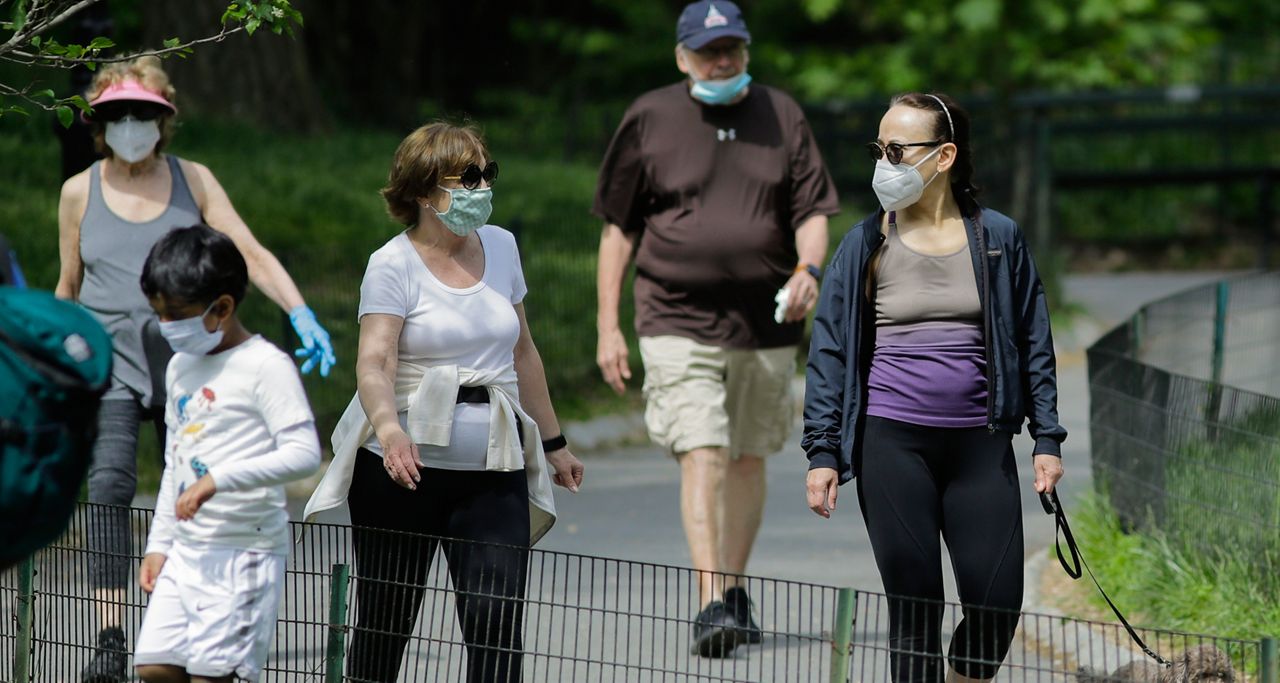One of the consistencies of the COVID-19 pandemic is that the recovery will take much longer than the initial outbreak.
Three months ago, New York reported its first confirmed case of the novel coronavirus. A 39-year-old woman in New York City was diagnosed at a time when containment was still the primary method of fighting the virus and any case seemed to be largely a regional problem.
Within a few weeks, whole industries were shut down, hundreds of New York citizens were dying every day, and those who were not infected retreated to their homes to avoid getting infected and ride out the storm.
It didn’t take long to figure out that the storm would not be short-lived.

Spring has begun transitioning to summer with the arrival of June, and the state has only just begun the very slow process of returning to normal life.
That process was only made possible by substantial decreases in COVID-19 deaths and hospitalizations over the last month. The virus has killed nearly 24,000 New Yorkers since the state’s first reported death on March 13. But the number of daily deaths is way down from the apex in early April, when between 700 and 800 people were dying every day.
The smaller toll on human life, coupled with increases in testing and detailed safety plans, prompted the first regions of upstate New York to begin Phase One of economic reopening on May 15. A more confusing and chaotic Phase Two followed last Friday.
As businesses slowly return to operation, Governor Andrew Cuomo continues his plea to Congress to pass a stimulus package that directly funds state and local governments, which have been devastated by spending efforts to combat the virus and a lack of spending by consumers during the economic shutdown.
And while a silent spring damaged state and regional economies, an uncertain summer ahead doesn’t leave much room for reassurance for many, even if aid from Washington eventually comes.
Though the overall economy may be on the path to normalcy, many of the economic sweeteners that regions depend on during the tourism months are already lost. State-run campgrounds have yet to reopen, missing out on the opportunistic Memorial Day weekend that is the unofficial start to the season.
Theme parks like Six Flags Darien Lake will eventually reopen, but will be operating on a limited capacity.
Many summer concerts and artist tours were canceled weeks and months ago.
Significant events and festivals where large crowds of people usually congregate, even ones late in the summer, have been forced to postpone on a scale not seen since World War II. Fourth of July celebrations, carnivals, county fairs and all things similar have been dropping like flies. The Erie County Fair and Oswego Harborfest are two of the latest victims that have made that announcement in the last few days. The Saratoga Race Course, meanwhile, is poised to operate, but without fans.
Even with a limited recreational summer, there is the risk of a second wave of COVID-19 that could revert the state back to the type of shutdown that dominated March, April and much of May.
That kind of uncertainty makes it all the more difficult to determine just how long the way back from the darkest days of the pandemic will take. When CEO and Erie County Fair Manager Jessica Underberg said the 2020 fair was canceled, it was only the second time in its history that announcement had been made. In 2017, tornadoes damaged the fairgrounds right before the event took place.
“When those tornadoes were over, we looked around and said 'Holy cats! OK, let’s go; it's done.' When the war was over, it's done,” Underberg said. “The problem is, we don't know when this is done.”



